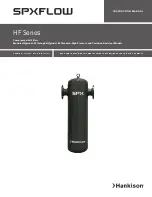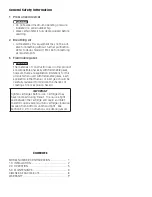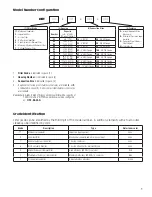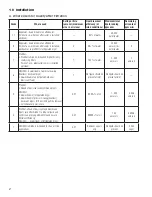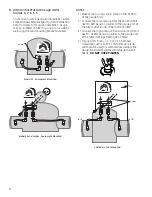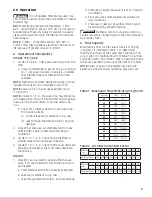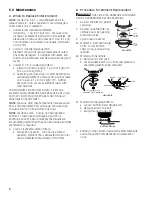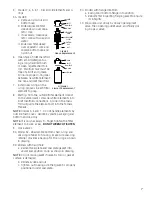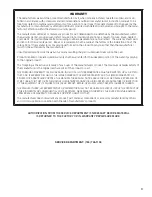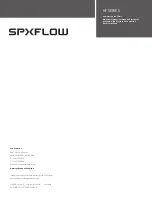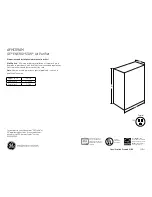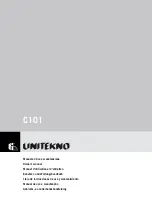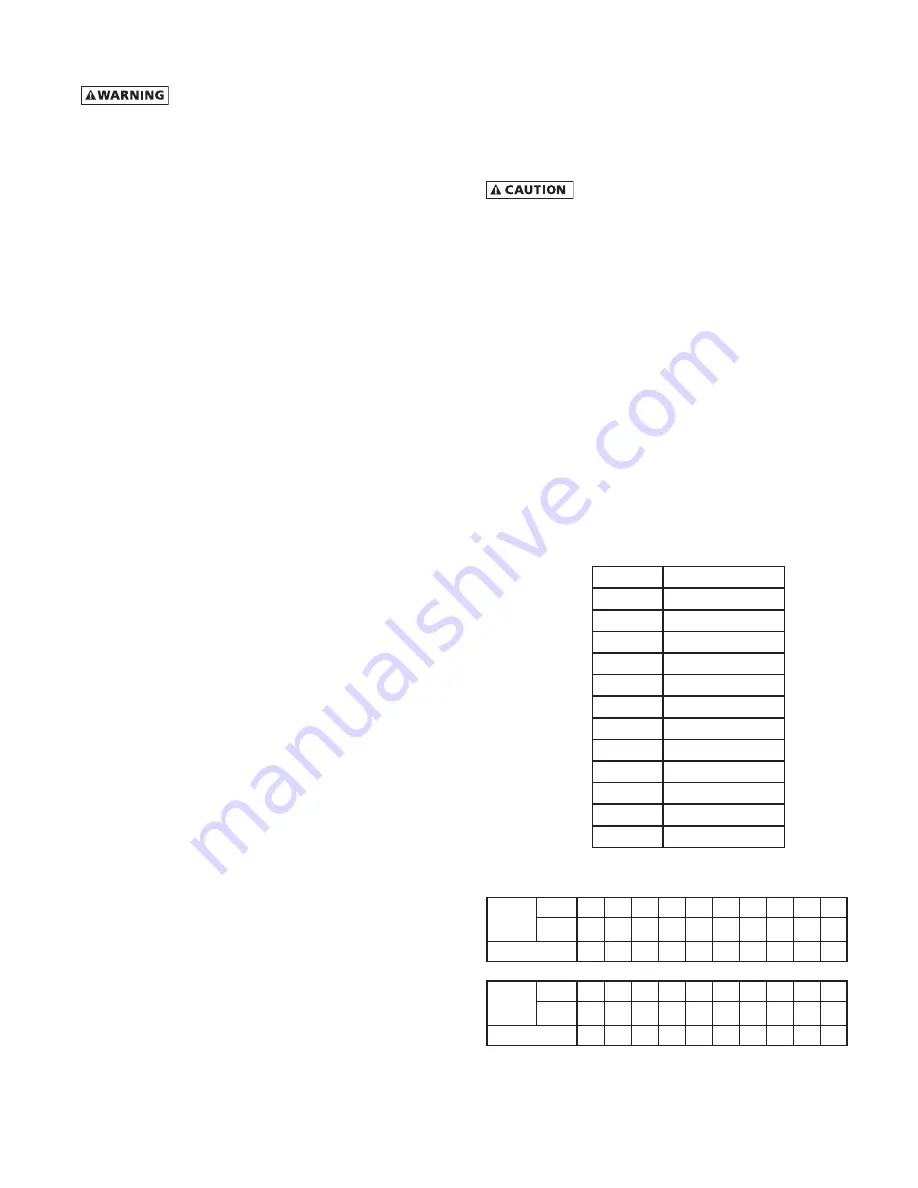
5
2.0 Operation
Do not operate filter at pressures in ex
-
cess of Maximum Working Pressure indicated on Serial
Number Tag.
NOTE:
Maximum Operating Temperature - 150°F,
66°C. Liquid filtration above 120°F, 49°C is not recom
-
mended since there is typically oil present in a vapor
state which passes through the filter and condenses
downstream.
NOTE:
Grade 1 - If operated above 100°F, 38°C, a
Grade 1 filter may experience less than 1000 hours of
life because of greater oil vapor content.
A. Operational Checkpoints
Grades 11,9,7,6,5,3
1. Grades 9,7,6,5,3 - Check pressure drop across the
filter
a. Pressure differential in excess of 6 psi (0.42 kgf/
cm
2
) - pressure indicator in red area - indicates
that the filter sleeve or element should be
replaced.
NOTE:
Element should be changed annually or when
indicator changes to red, whichever occurs first.
NOTE:
Pressure drop should never exceed 15 psi
(1.0 kgf/cm
2
).
NOTE:
Grades 9, 7, 5, 3 - Pressure drop may temporar
-
ily increase when flow is resumed after flow stoppage.
Pressure drop should return to normal within one
hour.
b. Check for sudden reduction in pressure drop.
This might indicate:
(1) Possible leak across element o-ring seal
(2) Leak through the element due to physical
damage
2. Check flow, pressure, and temperature to make
certain filter is being operated within design
conditions.
3. Grades 11, 9, 7, 5, 3 - Check to see that filter is
installed level to insure proper drainage.
4. Grades 11, 9, 7, 5, 3 - Check that manual drains are
drained periodically or that automatic drains are
functioning.
Grade 1
1. Check for an oily smell by opening the manual
valve. If an oily smell exists, the following should
be checked:
a. Filter element adsorption capacity exhausted
b. Leak across element o-ring seal
c. Leak through element due to physical damage
d. Presence of liquids because of lack of or failure
of prefilters
e. Flow, pressure and temperatures outside de
-
sign conditions
f. Presence of gaseous impurities which cannot
be adsorbed by activated carbon
Methane, carbon monoxide, carbon di
-
oxide and various inorganic gases cannot be removed
by a Grade 1 filter.
C. Flow Capacity
Maximum air flow for the various filters at 100 psig
(7 kgf/cm
2
) is indicated in Table 1. To determine
maximum air flows at inlet pressures other than 100
psig (7 kgf/cm
2
), multiply flow from Table 1 by air flow
correction factor from Table 2 that corresponds to the
minimum operating pressure at the inlet of the filter.
NOTE:
Filters should not be selected by pipe size.
Select using flow rate and operating pressure only.
Table 1 - Maximum Flow @100 psig [7 kgf/cm
2
]
Housing
scfm
[m
3
/hr]
52
625
[1110]
54
1000
[1700]
56
1250
[2125]
60
1875
[3158]
64
2500
[4250]
68
3125
[5310]
72
5000
[8490]
76
6875
[11,670]
80
8750
[14,850]
84
11,875
[20,175]
88
16,250
[27,610]
92
21,250
[36,100]
Table 2 - Air Flow Correction Factor
Maximum
Inlet
Pressure
psig
20
30
40
60
80 100 125 150 175 200
kgf/cm
2
1.4 2.1 2.8 4.2 5.6 7.0 8.8 10.6 12.3 14.1
Correction Factor
0.30 0.39 0.48 0.65 0.82 1.00 1.22 1.43 1.65 1.87
Maximum
Inlet
Pressure
psig
250 300 350 400 450 500 550 600 650 700
kgf/cm
2
17.6 21.1 24.6 28.1 31.6 35.2 38.7 42.2 45.7 49.2
Correction Factor
2.31 2.74 3.18 3.62 4.05 4.49 4.92 5.36 5.80 6.23

